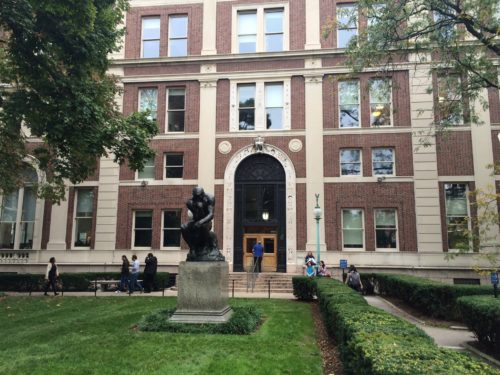Abstract: In this note Charles Lewis draws attention to an item missing from bibliographies of Richard Rorty, namely a satirical article published under the pseudonym “Thersites Minor” in the journal MLN. The article illustrates Rorty’s amused interest in the antics of contemporary literary theorists.
There is an item that seems to be absent from current bibliographies of the work of Richard Rorty — namely a short article published in the MLN Comparative Literature issue for 1979. The reason, no doubt, is that it was published under a pseudonym — and indeed an appropriate one given Rorty’s satirical intent. It might be regarded as a scurrilous annex to the essay on Derrida that he had published the year before, one that parodies the tortured style of some of the latest literary theorists.
I have found only two references to the article, both of them apparently oblivious as to its true author. One is in a review of Charles Segal’s book Dionysiac Poetics and Euripides’ Bacchae, where Carl A. Rubino notes that Segal “chooses a notable series of short texts to head each of his chapters: […] evocative passages culled from Plato, Hölderlin [etc.],” while adding in a footnote:
For a satiric view of ‘liminal quotations’ and other excesses of contemporary criticism, see Thersites Minor, ‘How to be a New [sic] Critic: Metonymic Mumblings or a Generative Grammar [sic] of Apposite Apothegms’ […]. It is a pleasure to report that Segal generally avoids the excesses targeted there.
The article is also included in UC Irvine’s Critical Theory Offprint Collection, MS.C.007 (1939–1994), Box 15, catalogued (amusingly enough) as “Minor, Thersites, undated; Physical Description: 1 item”; on the other hand, three items for “Rorty, Richard” are listed under Box 18.
How do I know that the article is by Rorty? Continue reading



